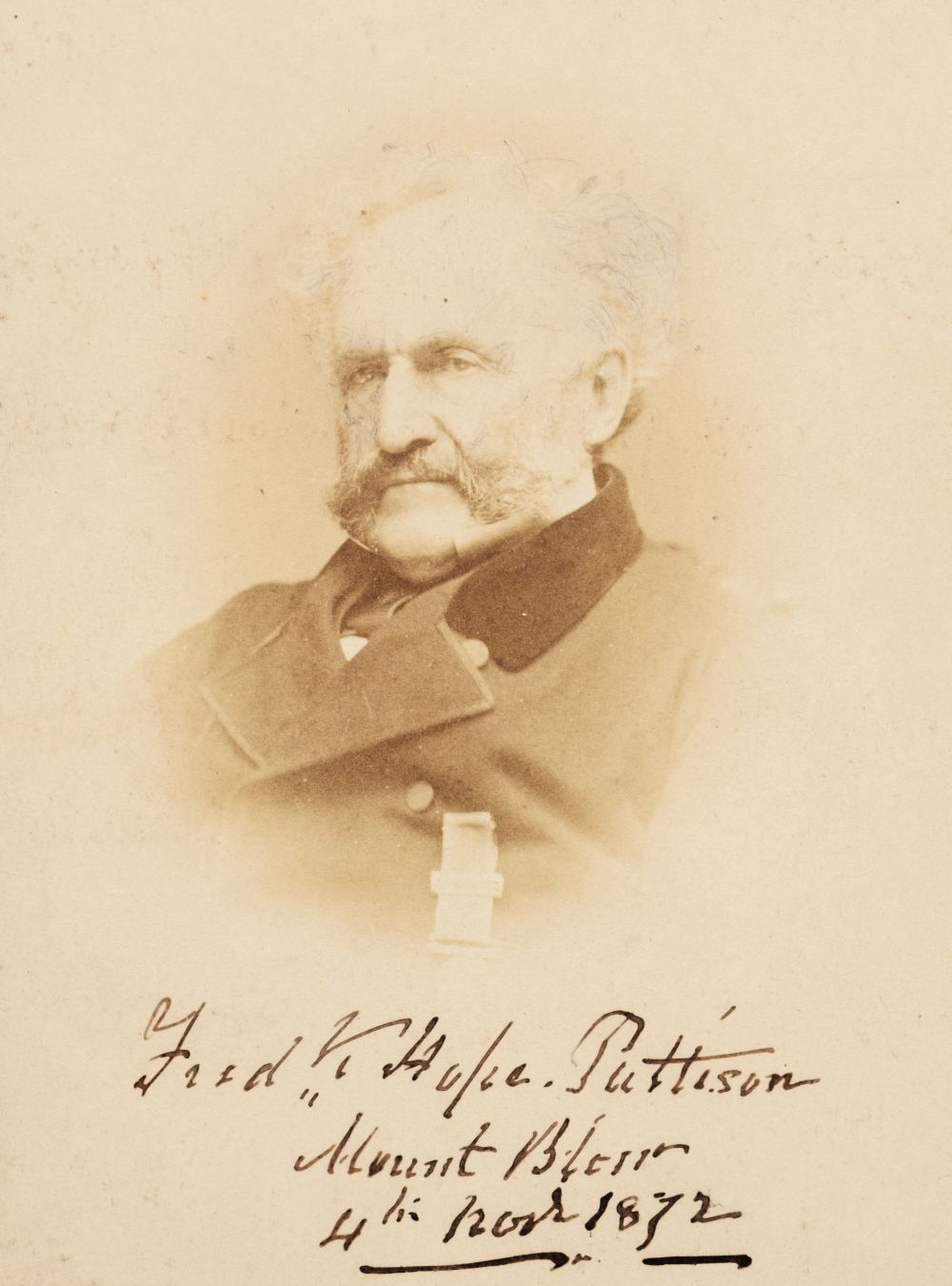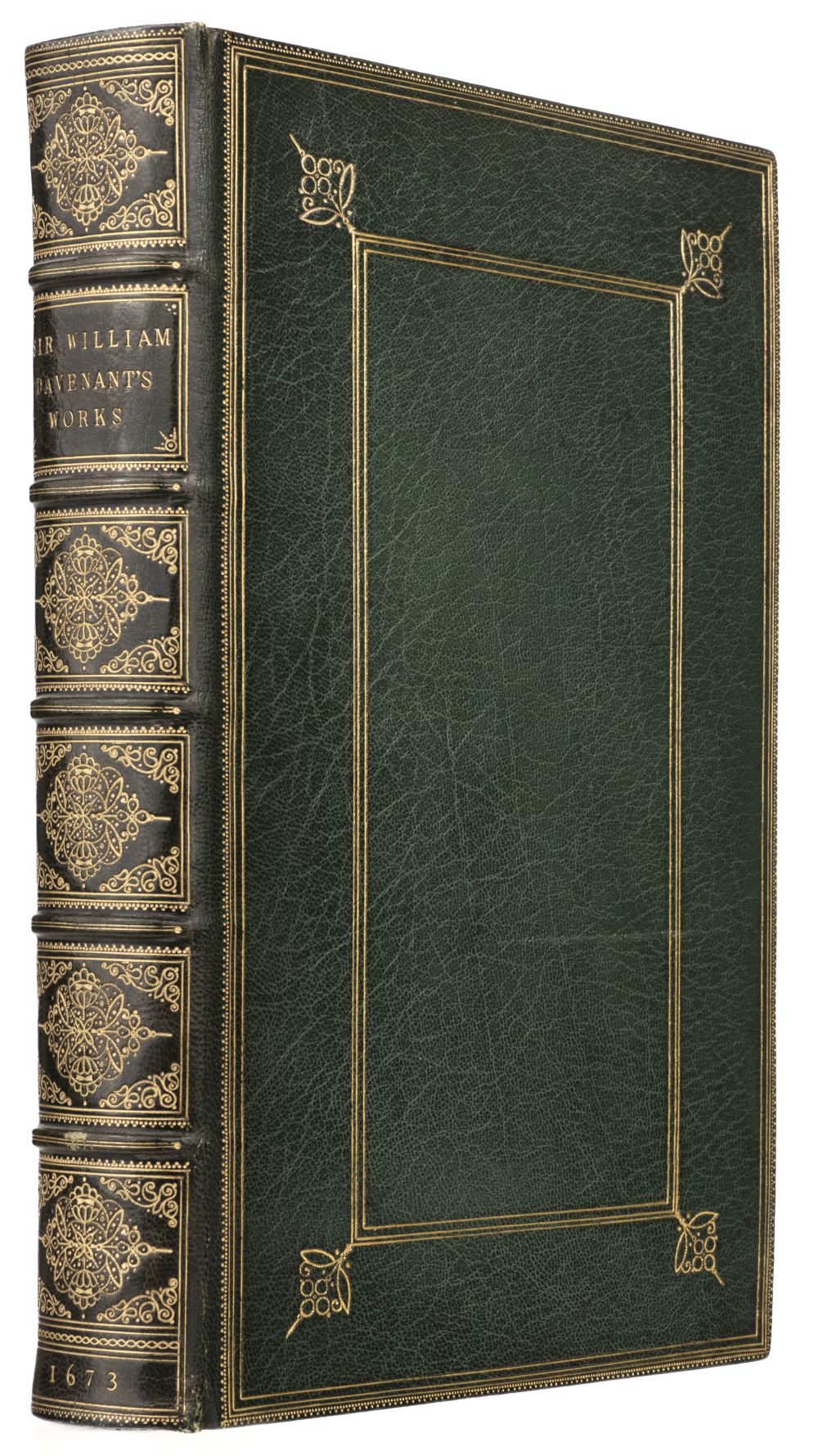Formerly of the William F. Harrah Collection 1912 PACKARD SIX SERIES 1-48 FIVE PASSENGER TOURING Chassis No. 24344 Orange body with grey panel inserts, black fenders, blue pinstriping and grey chassis and running gear with long grain black leather interior with tan canvas seat covers and a black Panasote top Engine: T-head six cylinder, cast in pairs, 525ci., 74bhp at 1,720rpm; Gearbox: sliding gear progressive three-speed manual with reverse; Suspension: semi-elliptic leaf springs with Hartford shock absorbers at the front and rear; Brakes: internal expanding and external contracting on two rear wheels. Right hand drive. When The Motor World ran the headline of its March 30th, 1911 issue Packard Finally Embraces the Six , the automotive world, including its writers and clients, responded with enthusiasm and excitement. Many had believed that it was only a matter of time before Packard ventured into this arena, and in fact the idea had been in the works for some time. Led by Henry Joy and Alvan Macauley, the Packard Motor Car Company capitalized on a well thought out introduction into the motoring world. The result was an increase in Packard sales that year as new car registrations leaned heavily in favor of Packard over its formidable competitors like Pierce-Arrow and Peerless. The Packard Six, later identified by the number designation 1-48 as newer models were introduced, featured a steel ladder chassis with a standard track and wheelbase of 56½ inches by 139 inches, though close-coupled and runabout wheelbases did differ moderately. A seemingly endless number of choices in body style and color were available, thirteen variations in each category to be exact. The 1912 Packard Six was a first in many ways, and it truly set the tone for the company and created traditions that would withstand the test of time well into the 1950s. The lovely six cylinder radiator ornament marked the beginning of one such tradition. It instantly came to designate the larger-engined, expensive six cylinder car. It was this type of creativity, coupled with extraordinary production craftsmanship and quality engineered motor cars, that led Packard to the forefront of sales. Moreover, the 1912 Packard engine testifies to its excellence. Performance, which had not necessarily been the company's goal, had now become standard, and the Packard Motor Car Company quickly found itself with a loyal and growing clientele. The T-head 525 cubic inch engine featured a bore and stroke of 4½ by 5½ inches and consequently grew in weight and size. To offset this, engineers placed the transmission, final drive and differential in the rear axle housing which helped distribute the weight more evenly and cut down on overall noise. The 1912 Packards proved quite agile as well and in many of the advertisements a 0-60 timed run showed the car reaching the mark within 30 seconds. This 1912 Packard Series 1-48 Five Passenger Touring car joined the Browning Collection in 0000, it is understood that this car was purchased from Mr. William Shultz. Mr. Shultz purchased the Packard directly from the world famous William F. Harrah Collection in approximately 1987. Since joining the Browning Collection it has been fabulously maintained with special attention given to protecting and preserving what appears to be its original black long grain leather interior with newer tan canvas seat covers. The cowl section of the Packard similarly appears to have the original black leather, which covers the interior surface. The overall interior condition is quite remarkable and possesses many of the difficult to find components and accessories that are essential to any vehicle of this vintage. All Packard gauges appear correct to the car and are complemented by an impressive Warner 100mph speedometer. Under the front seats rests the original gas tank, which upon recent inspection is in very good condition. The exterior of the car is in presentable condition and features a thoughtful color comb
Formerly of the William F. Harrah Collection 1912 PACKARD SIX SERIES 1-48 FIVE PASSENGER TOURING Chassis No. 24344 Orange body with grey panel inserts, black fenders, blue pinstriping and grey chassis and running gear with long grain black leather interior with tan canvas seat covers and a black Panasote top Engine: T-head six cylinder, cast in pairs, 525ci., 74bhp at 1,720rpm; Gearbox: sliding gear progressive three-speed manual with reverse; Suspension: semi-elliptic leaf springs with Hartford shock absorbers at the front and rear; Brakes: internal expanding and external contracting on two rear wheels. Right hand drive. When The Motor World ran the headline of its March 30th, 1911 issue Packard Finally Embraces the Six , the automotive world, including its writers and clients, responded with enthusiasm and excitement. Many had believed that it was only a matter of time before Packard ventured into this arena, and in fact the idea had been in the works for some time. Led by Henry Joy and Alvan Macauley, the Packard Motor Car Company capitalized on a well thought out introduction into the motoring world. The result was an increase in Packard sales that year as new car registrations leaned heavily in favor of Packard over its formidable competitors like Pierce-Arrow and Peerless. The Packard Six, later identified by the number designation 1-48 as newer models were introduced, featured a steel ladder chassis with a standard track and wheelbase of 56½ inches by 139 inches, though close-coupled and runabout wheelbases did differ moderately. A seemingly endless number of choices in body style and color were available, thirteen variations in each category to be exact. The 1912 Packard Six was a first in many ways, and it truly set the tone for the company and created traditions that would withstand the test of time well into the 1950s. The lovely six cylinder radiator ornament marked the beginning of one such tradition. It instantly came to designate the larger-engined, expensive six cylinder car. It was this type of creativity, coupled with extraordinary production craftsmanship and quality engineered motor cars, that led Packard to the forefront of sales. Moreover, the 1912 Packard engine testifies to its excellence. Performance, which had not necessarily been the company's goal, had now become standard, and the Packard Motor Car Company quickly found itself with a loyal and growing clientele. The T-head 525 cubic inch engine featured a bore and stroke of 4½ by 5½ inches and consequently grew in weight and size. To offset this, engineers placed the transmission, final drive and differential in the rear axle housing which helped distribute the weight more evenly and cut down on overall noise. The 1912 Packards proved quite agile as well and in many of the advertisements a 0-60 timed run showed the car reaching the mark within 30 seconds. This 1912 Packard Series 1-48 Five Passenger Touring car joined the Browning Collection in 0000, it is understood that this car was purchased from Mr. William Shultz. Mr. Shultz purchased the Packard directly from the world famous William F. Harrah Collection in approximately 1987. Since joining the Browning Collection it has been fabulously maintained with special attention given to protecting and preserving what appears to be its original black long grain leather interior with newer tan canvas seat covers. The cowl section of the Packard similarly appears to have the original black leather, which covers the interior surface. The overall interior condition is quite remarkable and possesses many of the difficult to find components and accessories that are essential to any vehicle of this vintage. All Packard gauges appear correct to the car and are complemented by an impressive Warner 100mph speedometer. Under the front seats rests the original gas tank, which upon recent inspection is in very good condition. The exterior of the car is in presentable condition and features a thoughtful color comb















Testen Sie LotSearch und seine Premium-Features 7 Tage - ohne Kosten!
Lassen Sie sich automatisch über neue Objekte in kommenden Auktionen benachrichtigen.
Suchauftrag anlegen